Back To The Future… What if Chelsea’s £1bn goal never came?
Published: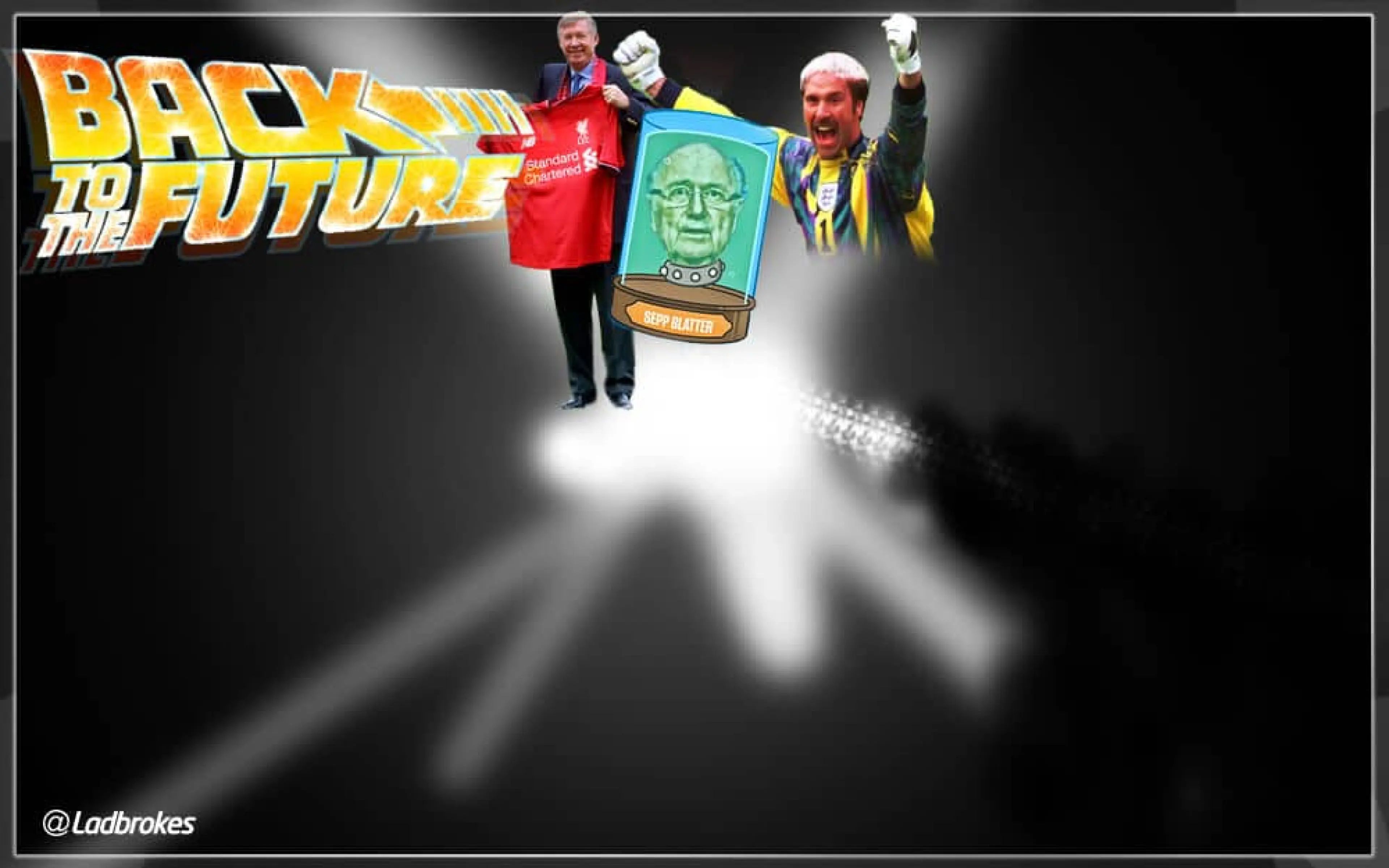
With financial oblivion looming, Chelsea welcomed Liverpool to Stamford Bridge on the final day of the 2002-03 season.
Both sides were locked on 64 points and not only was a Champions League berth at stake for the Blues, the future of the club itself was a topic of conversation in the corridors of power.
In reality, Jesper Gronkjaer’s 26th-minute winner secured far more than just three points.
But what if they’d lost?
As it’s now officially Back to the Future Day, the date Marty McFly and the Doc wound up in the second installment of the series, we take a look at what the football landscape would look like if the Reds had nicked fourth that year…
Immediately after the game, chief executive Trevor Birch and chairman Ken Bates set about some drastic cost-cutting exercises.
Big earners like Marcel Desailly and Emannuel Petit were straight out the door while young talents such as Frank Lampard and John Terry would return a pretty penny.
Lampard was signed by Liverpool for £10m and forged a decent career at the Reds, going on to become a regular in the England squad. Though over the next ten years scouse cries of “Stevie G and Frankie Lamps don’t work!” were not unfamiliar in the north west.
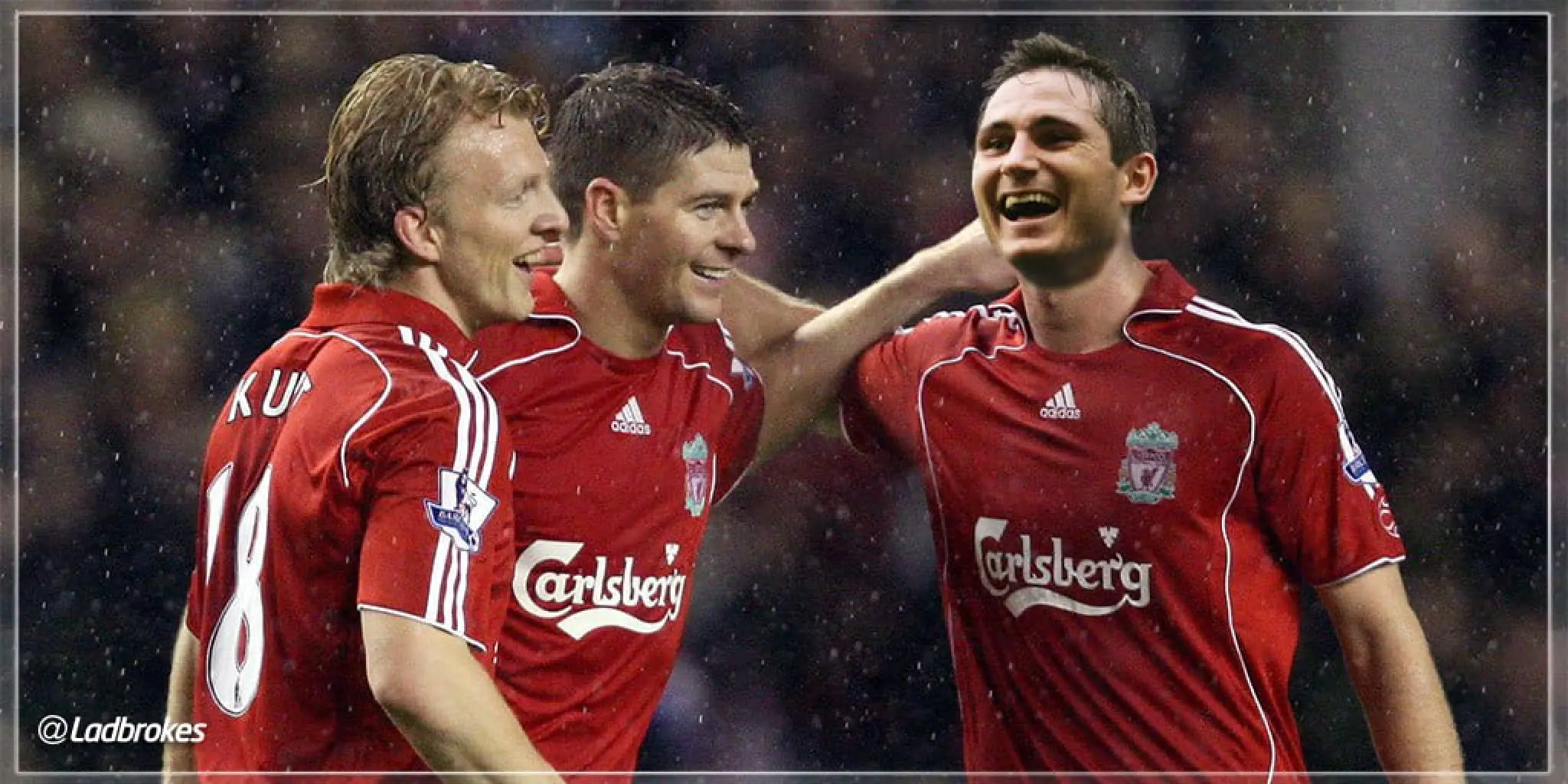
Terry, evidently talented but still learning his trade, was picked up by Arsenal who doubled his wages.
However, the financial incentives proved too much for the young centre-half to handle. He was more likely to be seen throwing his money about in a West End night club than doing the business for the Gunners.
The final straw came when Terry broke Francis Jeffers’ nose in a training ground bust-up and Wenger shipped the defender out to Hull. A slide down the leagues eventually saw “England’s Brave John Terry” establish himself as “Gillingham’s Useful John Terry” where the centre-half played until he retired before going on to set up a successful scrap metal business in the Kent town.
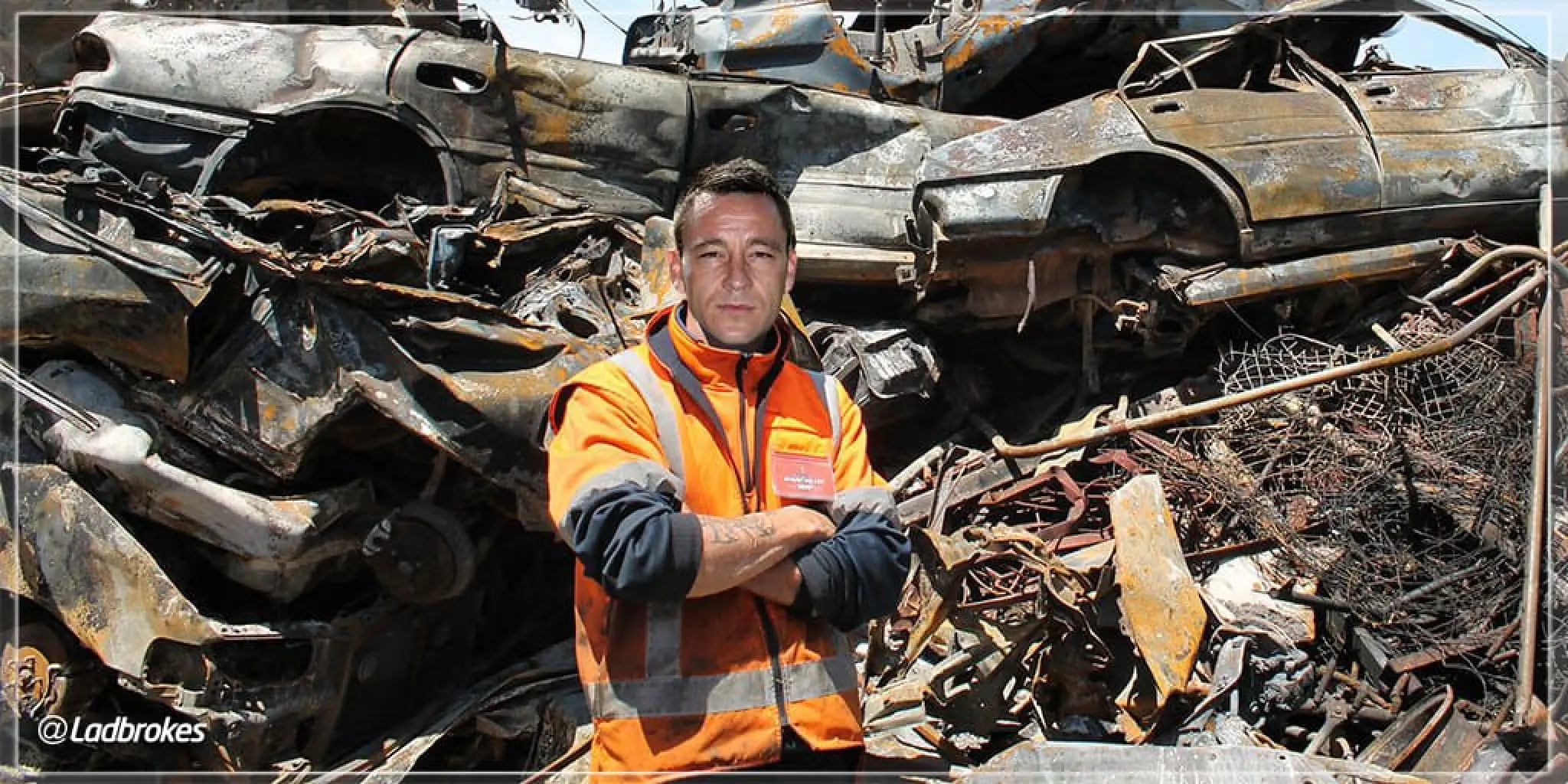
Chelsea went about rebuilding their squad, but the budget was tight. Their “can he do a job?” recruitment strategy saw the likes of John Collins, Gavin McCann and Brett Ormerod linking up with the west London outfit.
The Blues struggled from the off and Claudio Ranieri was given the sack in January. John Gregory was the man charged with keeping them up. Unfortunately, Chelsea went down in 2004 and stayed in the Championship for another four years before drastic action was taken.
To get Chelsea back to the top, Ken Bates needed to raise funds and raise them fast. His solution: relocate the club.
Stamford Bridge was knocked down to raise £100m and a new 20,000 seat stadium was erected in Greenford with the club renamed after the suburb.
But poor management meant the closest the Blues got to a top-flight return is a play-off final defeat in 2010 to Cardiff.
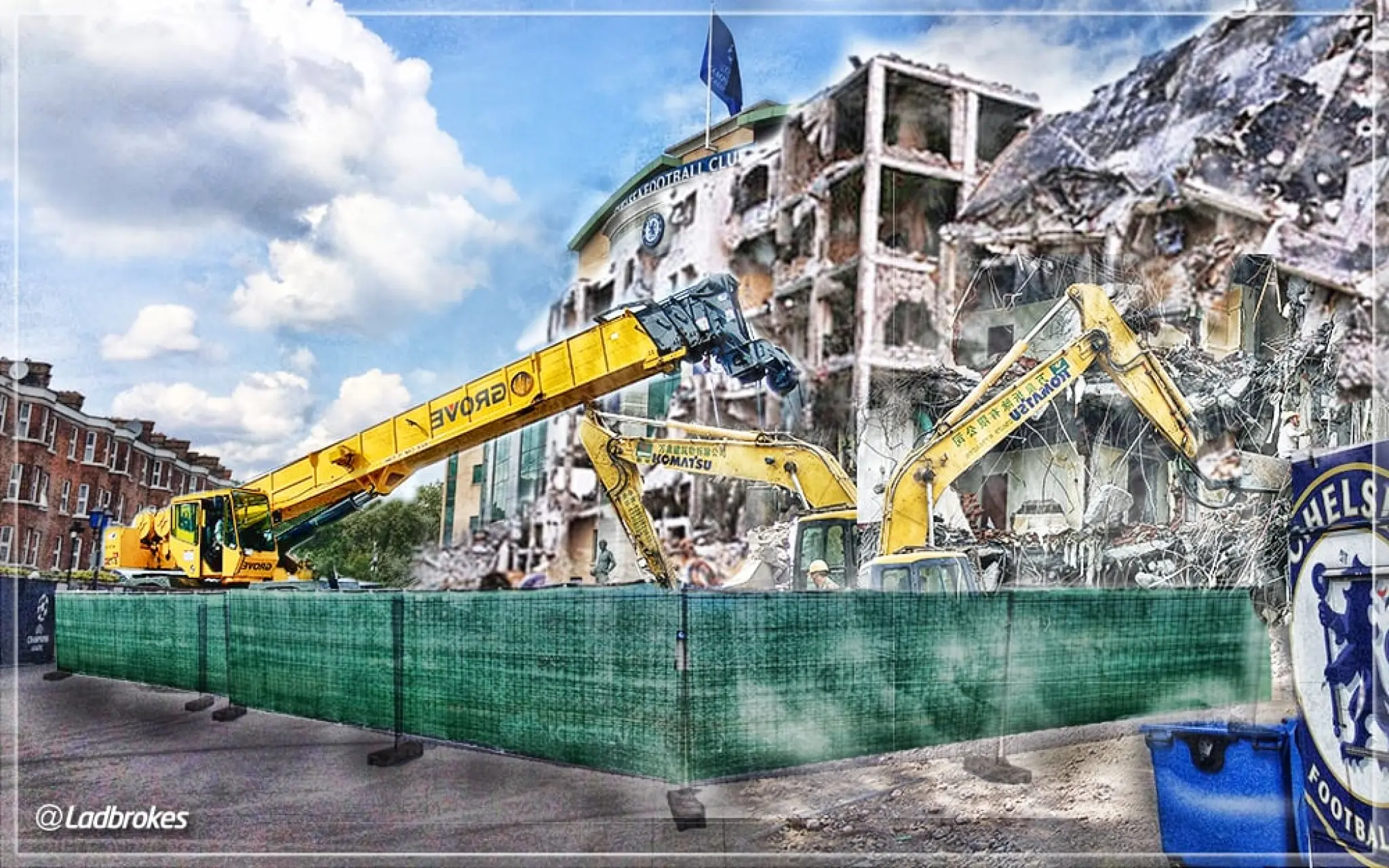
Meanwhile, a certain Russian was looking to invest in a Premier League club. Roman Abramovich’s finger eventually landed on Spurs and he flew into London immediately.
However, the Seven Sisters Road proved to be a far too unfashionable area for the Russian oligarch and treading in dog mess soured the whole experience.
Abramovich decided against the Premier League, where Arsenal and Manchester United continued to dominate, and eventually settled on investing, and eventually losing millions, in Barry Hearn’s new beach-snooker venture.
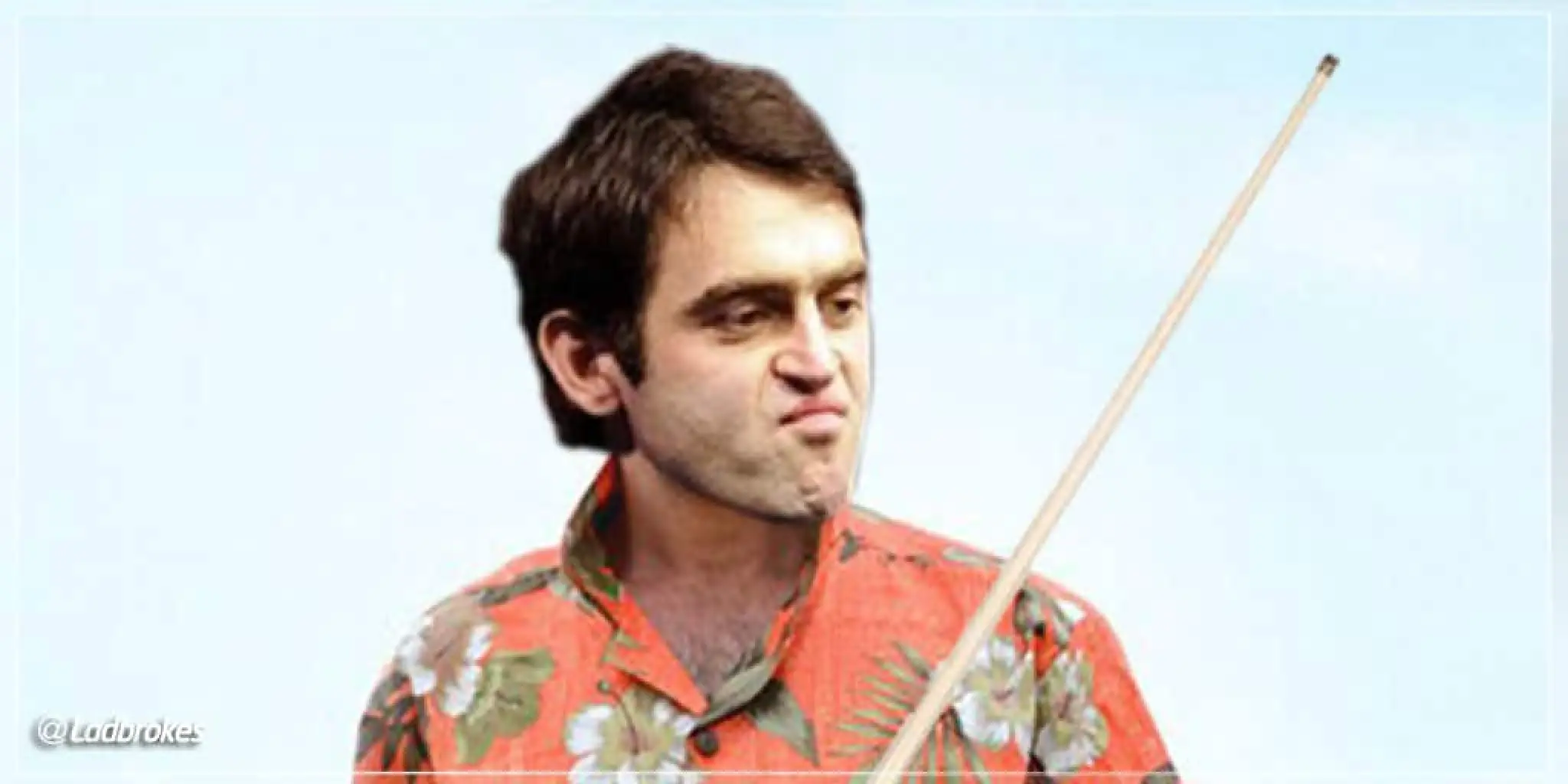
All Odds and Markets are correct as of the date of publishing.
Fancy a flutter? Sign up today to claim up to £50 in free bets.








